- No products in the cart.
Britomar prolong tab. 10 mg 30 pcs
$9.60
Britomar prolong tab. 10 mg 30 pcs
Out of stock
Description
Composition
Active substance:
5 mg 1 tablet contains: Torasemide 5.0 mg; 1 tablet contains 10 mg: 10.0 mg torasemide.
Excipients:
5 mg 1 tablet contains: 3.40 mg guar gum, corn starch 30.77 mg Colloidal silicon dioxide 0.42 mg magnesium stearate 0.25 mg lactose monohydrate to 85 mg;
1 tablet contains 10 mg: 6.80 mg guar gum, corn starch 61.54 mg Colloidal silicon dioxide 0.85 mg magnesium stearate 0.51 mg lactose monohydrate 170 mg.
Description:
Round biconvex tablets White or almost white engraved «SN» on one side.
Product form:
Tablets with sustained release of 5 mg and 10 mg. 15 tablets in PVC / PVDC / Al blister; 1 or 2 blisters with instructions for use placed in a cardboard box.
Contraindications
Hypersensitivity to torasemide or to any component of the drug; y -patsientov allergic to sulfonamides (sulfanilamide antimicrobials or sulfonylureas) may be marked on the cross-allergy torasemide; – anuria; – hepatic coma and precoma; – Refractory hypokalaemia; refractory hyponatremia; – dehydration; – pronounced violations of the outflow of urine from any cause (including unilateral urinary tract disease); – digitalis intoxication; – acute glomerulonephritis; – sinoatrial and AV blockade II-III level; – the age of 18 years (the safety and effectiveness in children have not been studied); – pregnancy; – galactose intolerance, lactase deficiency or glucose-galactose malabsobtsiya
Precautions: – hypotension; – hypovolemia (arterial hypotension or without it); – disorders of urine outflow (benign prostatic hyperplasia, or narrowing of the urethra hydronephrosis); – ventricular fibrillation in history; – acute myocardial infarction (increased risk of cardiogenic shock); – diarrhea; – pancreatitis; – diabetes mellitus (impaired glucose tolerance); – liver disease, cirrhosis and ascites complicate, renal failure, hepatorenal syndrome; – gout, hyperuricemia; – anemia; – simultaneous use of cardiac glycosides, aminoglycosides, or cephalosporins, corticosteroid or adrenocorticotropic hormone (ACTH); – hypokalemia; – hyponatremia; – the period of breastfeeding.
Dosage
10 mg
Indications
Arterial hypertension (monotherapy or in combination therapy); edematous syndrome of various genesis, including chronic heart failure, liver and kidneys.
Interaction with other drugs
Torasemide enhances the toxicity of cardiac glycosides. Together with the admission mineral and glucocorticoids, laxatives may increase the excretion of potassium. Torasemide enhances the effect of antihypertensive drugs. Torasemide, especially in high doses, can enhance the nephrotoxic and ototoxic effects of aminoglycoside antibiotics, drugs platinum (Pt), cephalosporins. Torasemide may potentiate curariform relaxants and theophylline. With simultaneous application of salicylates in high doses may increase their toxic effect. Torasemide reduces the effect of hypoglycemic drugs. Sequential or simultaneous reception of torasemide with inhibitors of angiotensin converting enzyme (ACE) inhibitors may lead to a transient drop in blood pressure. This can be avoided by reducing the starting dose of the ACE inhibitor or lowering the dose of torasemide (or temporarily suspend it). Nonsteroidal anti-inflammatory drugs (NSAIDs) and probenecid may reduce diuretic and hypotensive effect of torasemide. The bioavailability and, consequently, torasemide effectiveness may be reduced by combination therapy with colestyramine. Torasemide may increase the toxicity of drugs lithium (Li +) and ototoxicity ethacrynic acid.
Overdose
Symptoms: excessive diuresis, accompanied by decrease in the bcc and disturbance of electrolyte balance of the blood, followed by a pronounced decrease in blood pressure, somnolence and confusion, collapse. gastrointestinal disorders may be observed. Treatment: No specific antidote. Provocation of vomiting, gastric lavage, activated charcoal.
Treatment is symptomatic, a dose reduction or withdrawal of the drug and at the same time volume replacement and indicators of water and electrolyte balance and acid-base status under the control of serum electrolyte concentrations, hematocrit. Hemodialysis is not effective, because excretion of torasemide and its metabolites is not accelerated.
pharmachologic effect
Pharmacological group:
Diuretic.
Pharmacodynamics:
Torasemide is a “loop” diuretics. The main mechanism of action of the drug due to the reversible binding of torasemide with sodium / chlorine / potassium cotransporter located in the apical membrane of the thick ascending loop of Henle segment, resulting in reduced or completely inhibited reabsorption of sodium ions and decreases the osmotic pressure of the intracellular fluid and water reabsorption. Torasemide less than furosemide, causes hypokalemia, wherein it exhibits higher activity and its action for a longer time. The diuretic effect is about one hour after ingestion of the drug, peaking after 3-6 hours, and lasts for 8 to 10 hr., Decreases systolic and diastolic blood pressure (BP) in the position of “lying down” and “standing.”
Pharmacokinetics:
Preparation Britomar tablets with sustained release provides a gradual release torasemide, reducing fluctuations in the blood concentration, compared with preparations of torasemide in a dosage form of a tablet.
Suction
Upon receiving multiple doses relative bioavailability of the sustained release tablets compared to tablets dosage form is about 102%. The active substance is absorbed in the gastro-intestinal tract (GIT) with a limited effect of “first pass” through the liver, and the maximum concentration (Cmax) in plasma is achieved within 1.5 hours after ingestion. Food intake has no significant effect on the absorption of the drug. Renal dysfunction and / or liver do not affect the drug absorption. Distribution More than 99% of torasemide is bound to plasma proteins. The volume of distribution (Vd) in healthy volunteers and in patients with mild and moderate renal failure or chronic heart failure – from 12 to 15 liters. In patients with liver cirrhosis Vd doubled.
Metabolism
It is metabolized by the action of cytochrome P450 CYP2C9 isozyme in the liver to form three metabolites. The major metabolite – a carboxylic acid derivative is pharmacologically inactive. Two other metabolites, which are formed in the body in small amounts, have a certain diuretic activity, but their concentrations are too small to have any significant clinical effect.
breeding
The half-life (T1 / 2) of torasemide in healthy volunteers is 4 hours. Approximately 80% of the ingested dose excreted by the kidneys as metabolites and about 20% intact (in patients with normal renal function of patients). Total clearance of torasemide is 41 ml / min and renal clearance – about 10 ml / min, which corresponds to approximately 25% of the total.
Pharmacokinetics in special clinical situations
In patients with chronic heart failure decompensation stage reduced hepatic and renal clearance of the drug. In such patients, the total clearance of torasemide 50% less than in healthy volunteers, and T1 / 2 and total bioavailability, respectively, above. In patients with renal insufficiency, renal clearance of torasemide significantly reduced, but this is not reflected in the total clearance of the drug. Diuretic effect in renal failure can be achieved using bolshih doses. Total clearance of torasemide and T1 / 2 are on the same level in the case of reduced kidney function due to metabolism in the liver. Patients with cirrhosis Vd, T1 / 2 and increased renal clearance of the drug, but the total clearance remains unchanged. The pharmacokinetic profile of torasemide in elderly patients is similar to that in younger patients, with the exception that there is a decrease renal clearance of the drug due to the characteristic age disorders: renal function decline in elderly patients. Total clearance, and T1 / 2 are not changed.
Pregnancy and breast-feeding
Torasemide not teratogenic and fetotoxic, crosses the placental barrier, causing disturbances of water and electrolyte metabolism and thrombocytopenia in the fetus. Britomar drug is not recommended for use during pregnancy. It is unknown whether Torasemide passes into breast milk. Britomar drug in breast-feeding period should be used with caution.
Conditions of supply of pharmacies
Prescription.
side effects
Classification of undesirable side reactions (NDP) for the development of frequency: very common (> 1/10); common (> 1/100,
special instructions
Apply strictly on prescription. Patients with hypersensitivity to sulfonamides and sulfonylureas can be cross Britomar sensitivity to the drug. Patients, especially at the beginning of treatment Britomar and the elderly, it is recommended to carry out monitoring of electrolyte balance, volume and concentration of circulating blood. Prolonged treatment drug Britomar recommended regular control electrolyte balance (especially potassium), glucose, uric acid, creatinine, lipids and cellular components of blood. In patients receiving high dose Britomar avoid development hyponatremia and metabolic alkalosis is impractical to restrict the consumption of salt. The risk of hypokalemia greatest in patients with cirrhosis, a pronounced diuresis, insufficient consumption of dietary electrolytes, as well as with simultaneous treatment with corticosteroids or ACTH.
Increased risk of violations of water-electrolyte balance observed in patients with renal insufficiency. During the course of treatment is necessary to periodically monitor the concentration of electrolytes in blood plasma (including sodium, calcium, potassium, magnesium), acid-base status, residual nitrogen, creatinine, uric acid, and implement appropriate remedial treatment if necessary (with higher multiplicity of patients with frequent vomiting and amid parenterally administered fluids). Patients with advanced-aqueous electrolyte disorders, hypovolemia or prerenal azotemia laboratory data may include: hyper or hyponatremia, hyper- or hypochloremia, hyper- or hypokalemia, disorders of acid-base balance and increase urea blood levels. At occurrence of these disorders must stop taking the drug Britomar to restore normal values, and then resume Britomar treatment with a lower dose. When new or worsening azotemia and oliguria in patients with severe progressive renal disease is recommended to suspend treatment. Selection mode doses to patients with ascites on the background of liver cirrhosis should be performed in a hospital (violation of water and electrolyte balance may lead to the development of hepatic coma). These patients shows regular monitoring of plasma electrolytes. For the prevention of hypokalemia recommend the use of potassium sparing diuretics and drugs (especially spironolactone), and adherence to a diet rich in potassium.
Application Britomar preparation can condition aggravation of gout. In patients with diabetes mellitus or impaired glucose tolerance require periodic monitoring of glucose concentrations in blood and urine. Patients with benign prostatic hyperplasia, the narrowing of the ureters is necessary to monitor urine output due to the possibility of acute urinary retention. Patients with diseases of the cardiovascular system, especially taking cardiac glycosides, diuretic-induced hypokalemia can cause arrhythmia. Sometimes after taking torasemide observed effects of ototoxicity (hearing loss, tinnitus), wearing reversible and no proven causal connection. Ototoxicity has also been established in animal models while achieving very high levels of torasemide plasma.
Effect on the ability to drive mechanisms and
During treatment should avoid activities potentially hazardous activities that require increased attention and psychomotor speed reactions.
Storage conditions
In the dark place at a temperature not higher than 30 ° C.
Keep out of the reach of children.
Dosing and Administration
Ingest.
The tablets swallowed whole without chewing, with some liquid. The tablets can be taken at any time of constant, regardless of the meal.
Arterial hypertension
The usual initial dose is 5 mg once daily. In the absence of adequate blood pressure lowering within 4-6 weeks the dose was increased to 10 mg once a day. If this dose does not give the desired effect, in the therapeutic scheme need to add another antihypertensive drug group. Elderly patients No dose adjustment is required.
Skipping doses: in case of missing the next dose should not take a double dose of the drug. Should immediately take the forgotten dose. Take the next dose at the usual time the next day.
Edema
The usual dose is 5 mg once daily. If necessary, the dose may be increased gradually to 20 mg once a day. In some cases, can receive up to 40 mg of torasemide day. The drug is prescribed for a prolonged period or until the disappearance of edema.
Information
Appearance may differ from that depicted in the picture. There are contraindications. You need to read the manual or consult with a specialist
Additional information
| Weight | 0.100 kg |
|---|---|
| Manufacturer | TAKEDA |


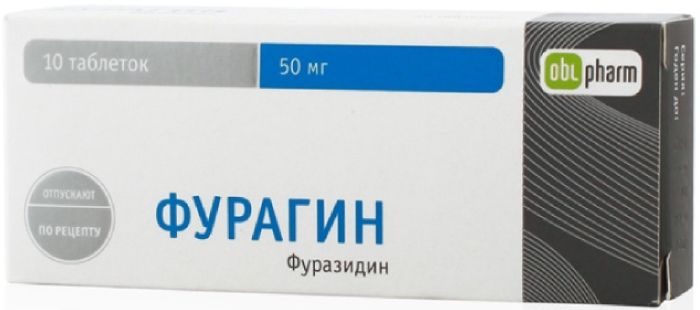
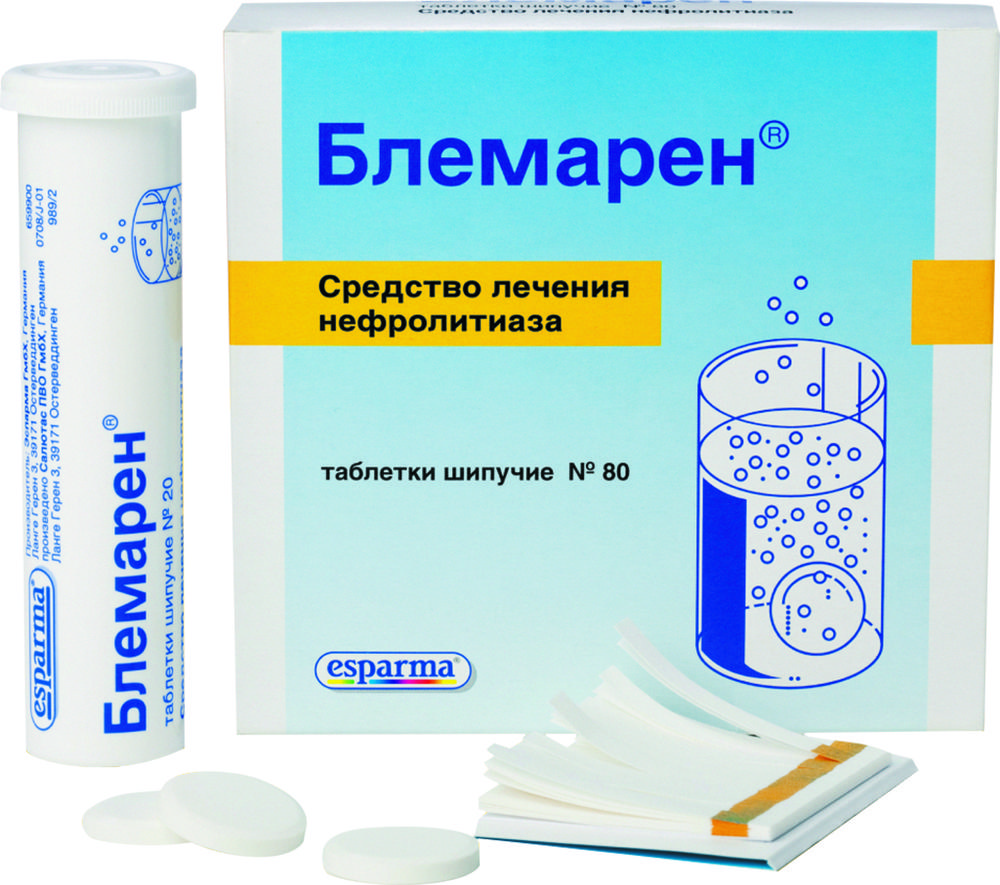
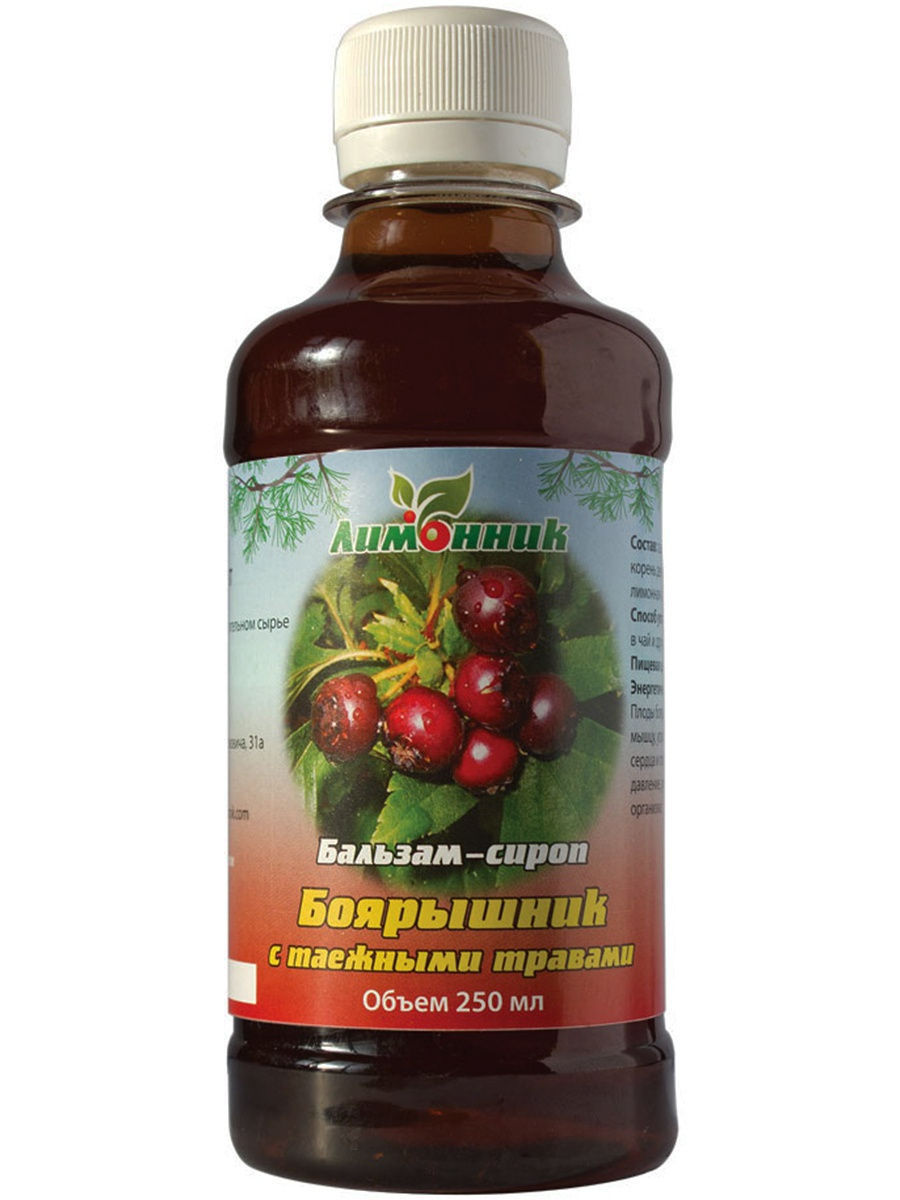
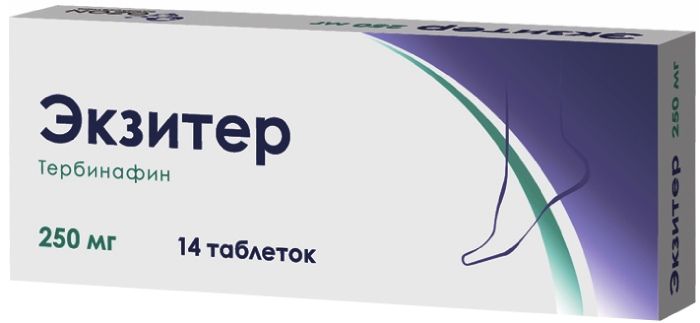

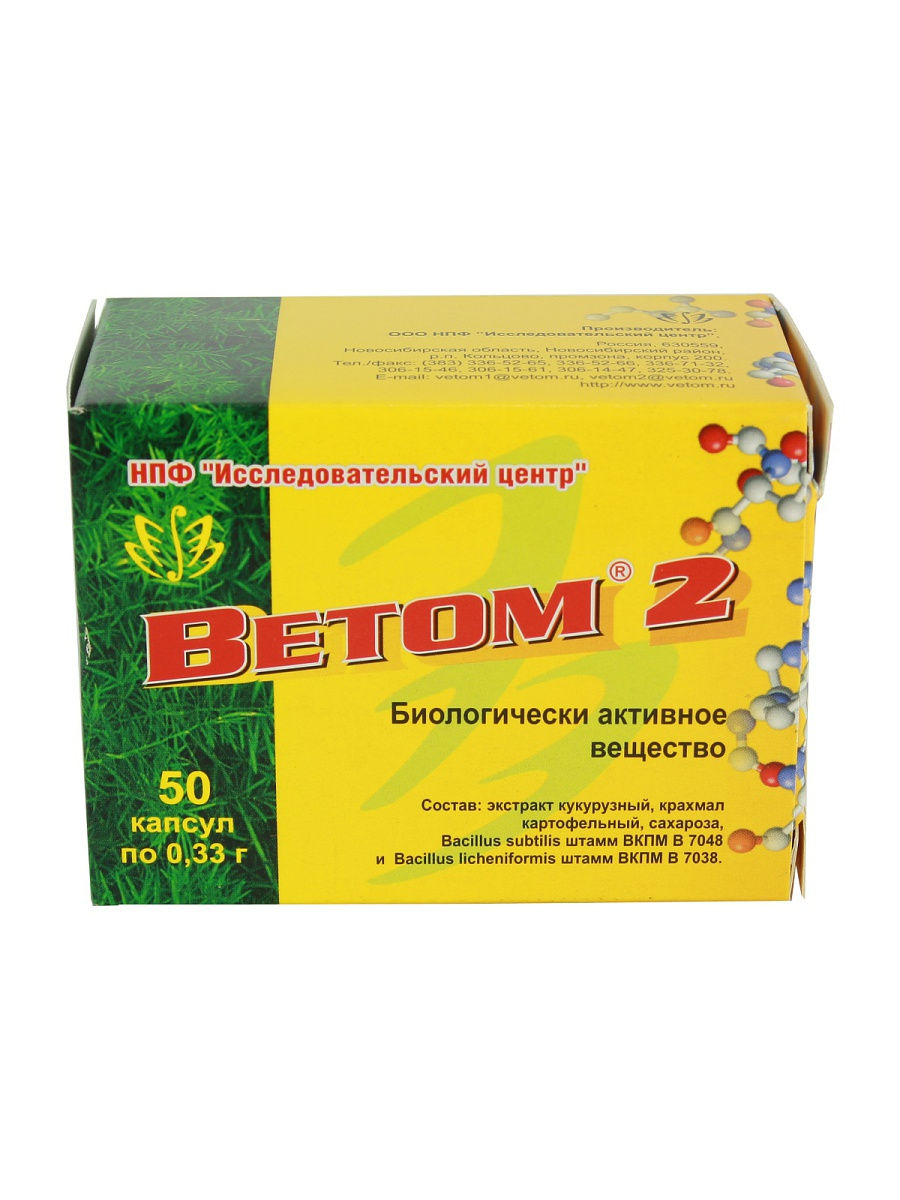
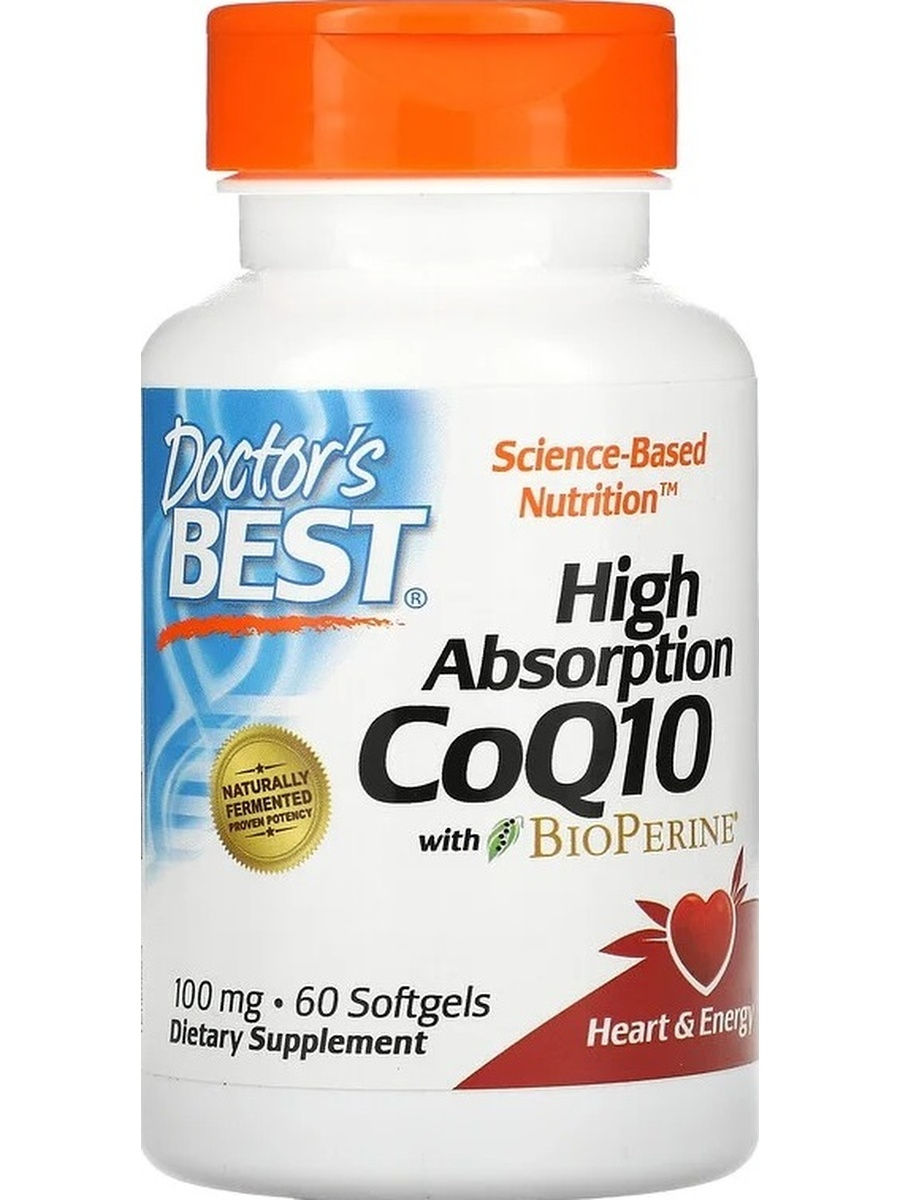
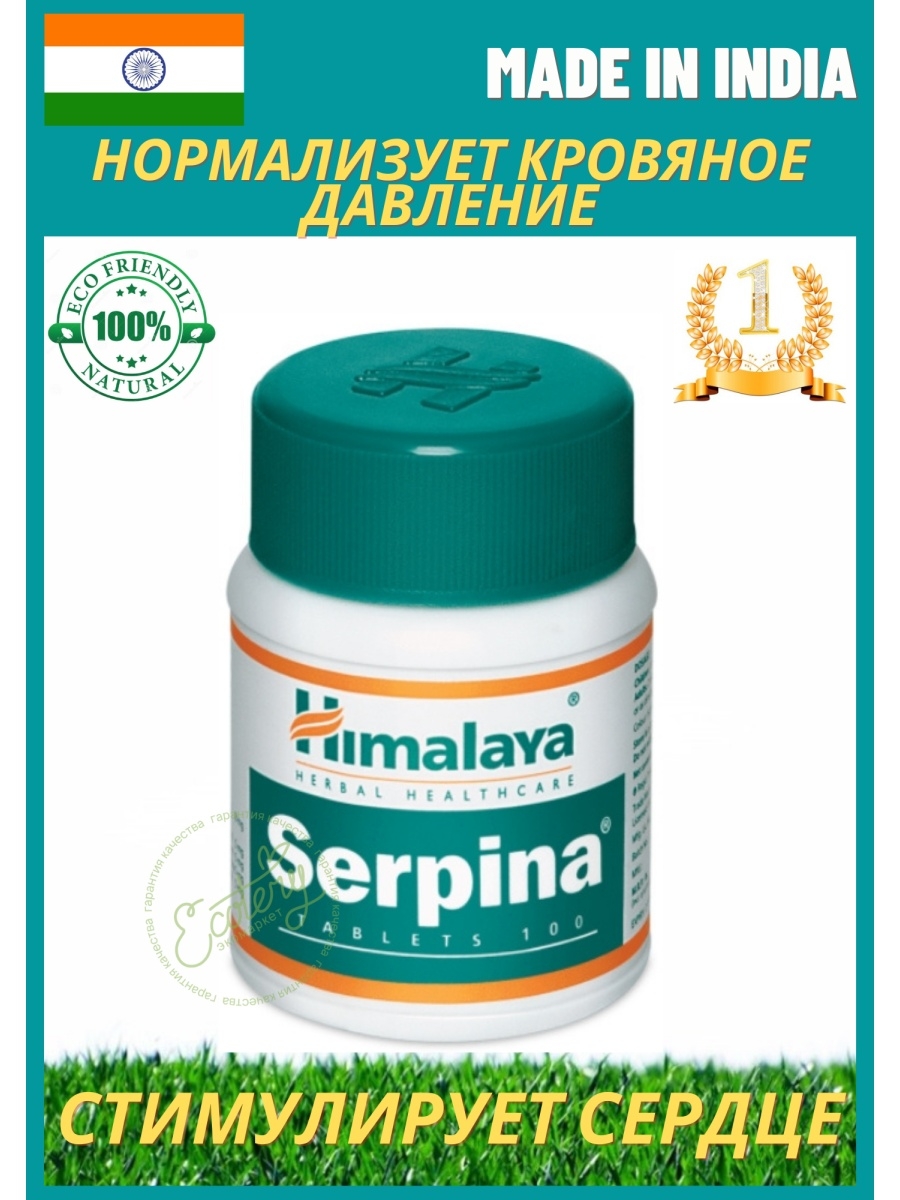




There are no reviews yet.